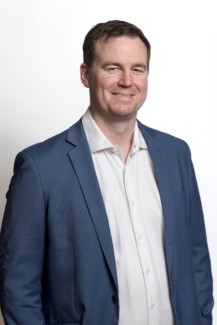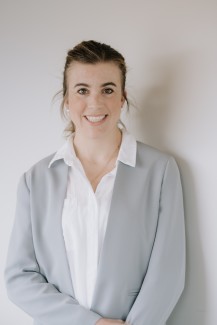Mercy Hospital Dunedin - Orthopaedic Surgery
Description
Mercy Hospital is a not-for-profit surgical hospital committed to delivering 'exceptional care that makes a difference' to Otago and Southland residents.
Independent specialists provide services that relate to the branch of surgery concerned with conditions involving the musculoskeletal system e.g. arthroplasty is surgery to relieve pain and restore range of motion by realigning or reconstructing a joint. Arthroscopy is an instrument through which the interior of a joint may be inspected or operated on.
This surgical service is provided at our facility by the following medical specialists. For further information please seek a referral through your GP.










